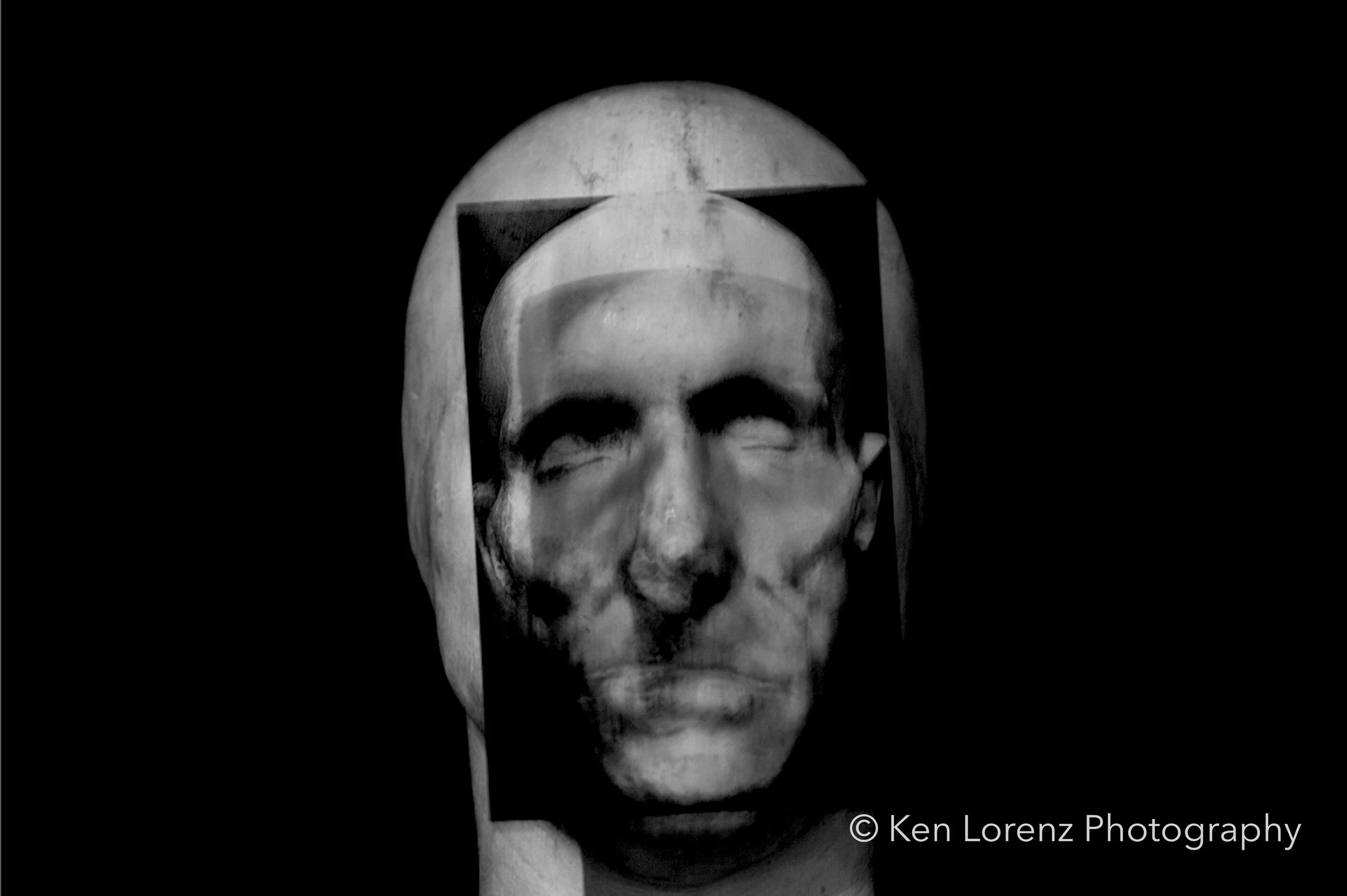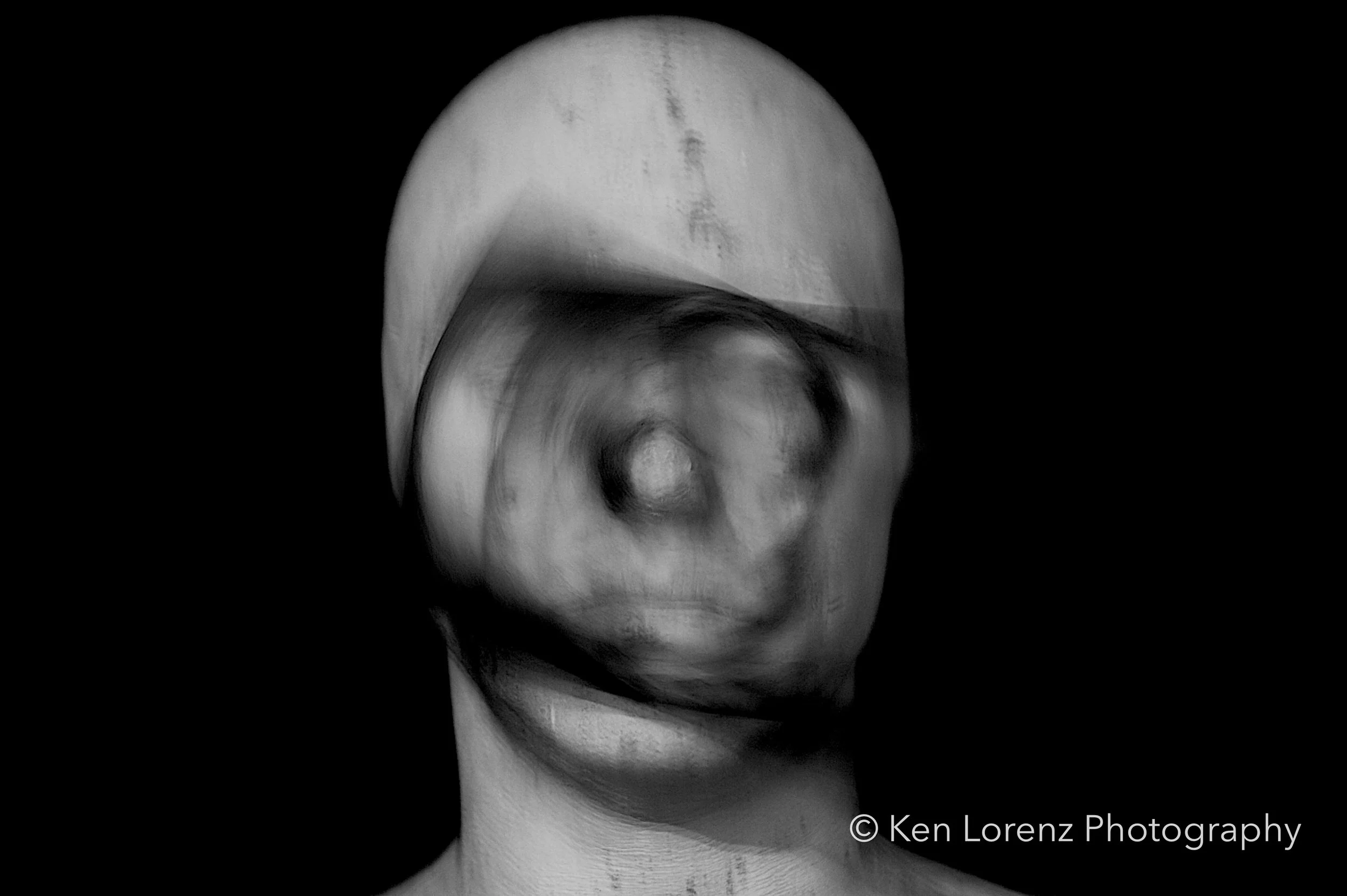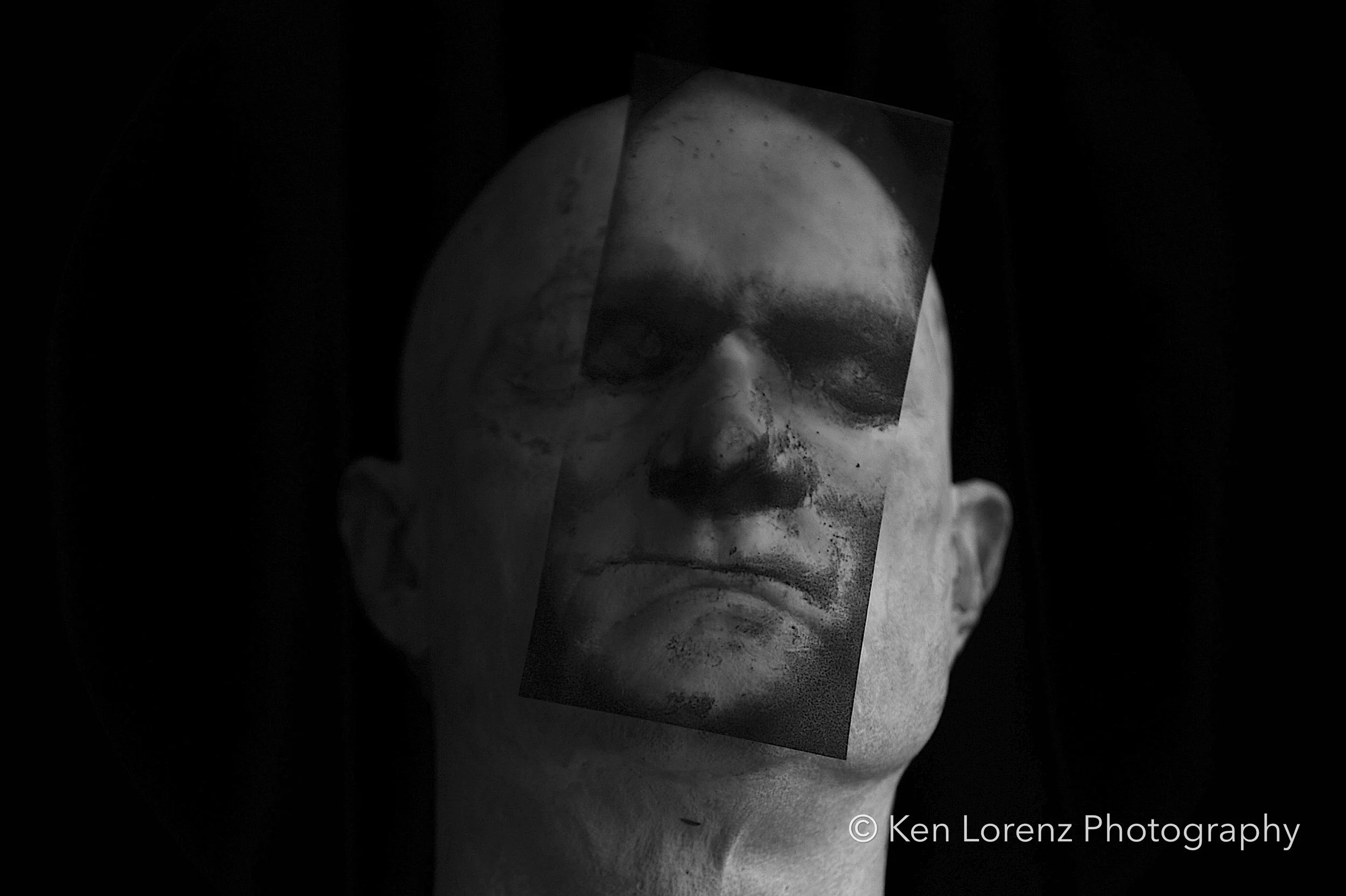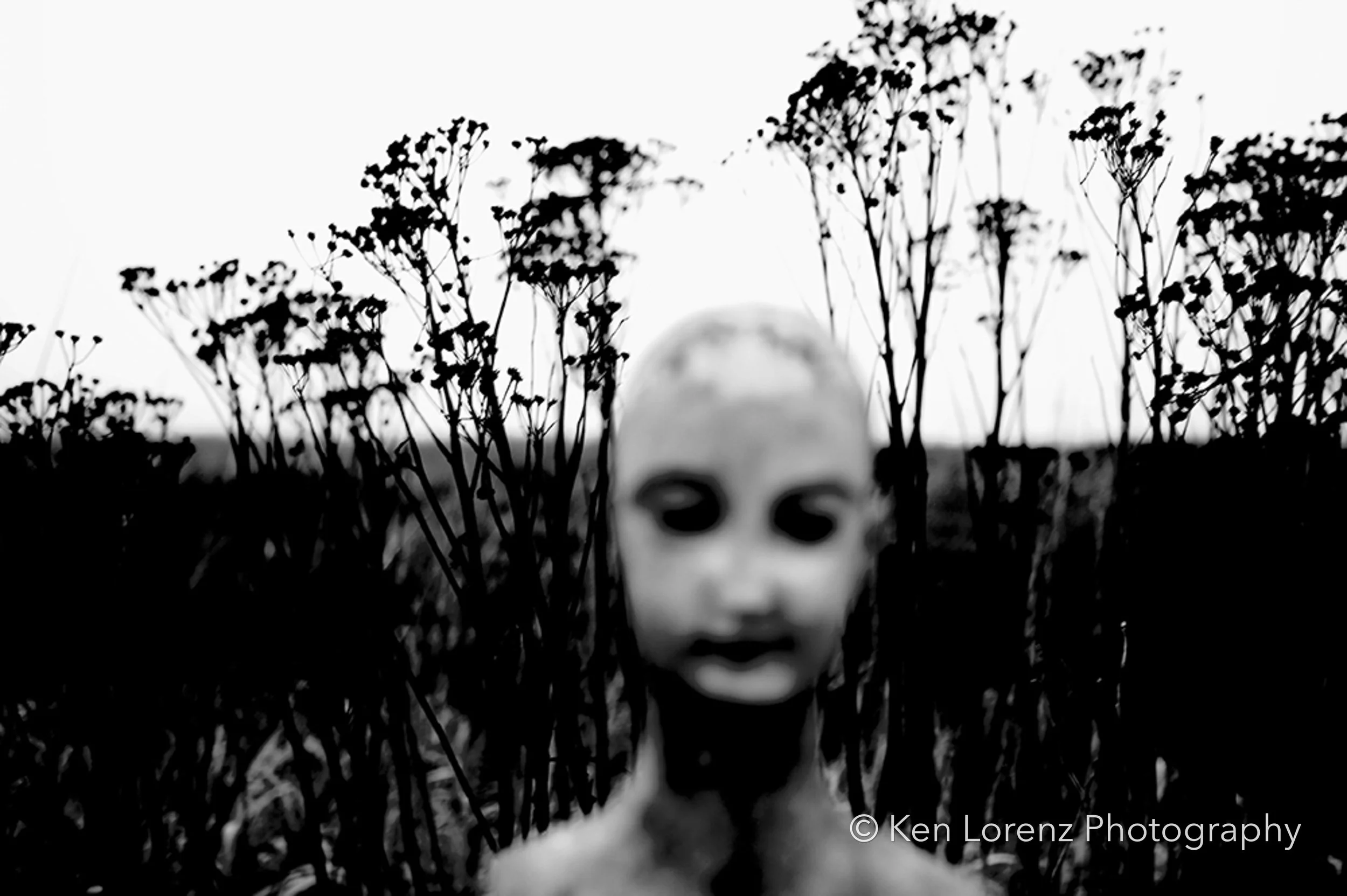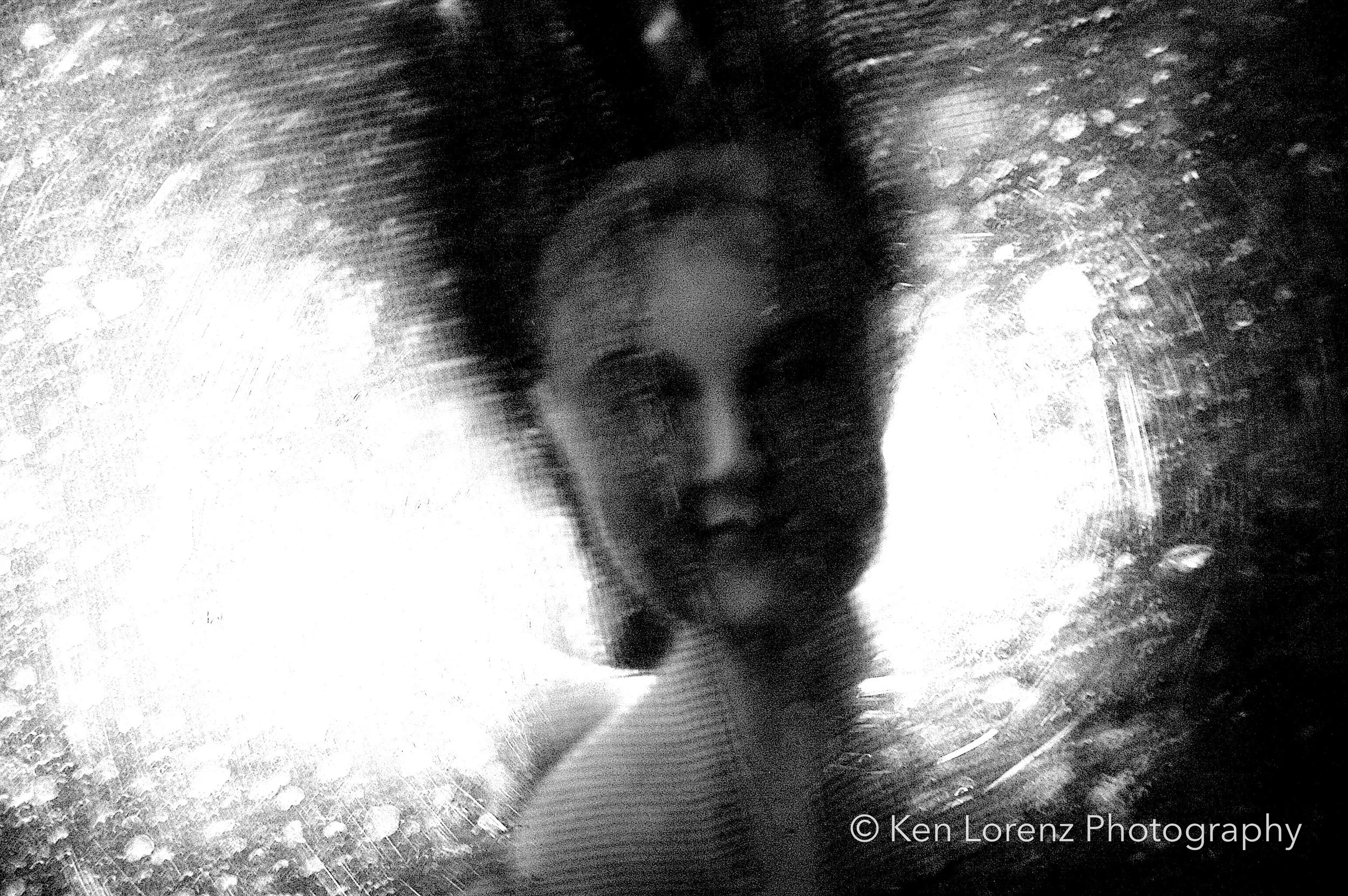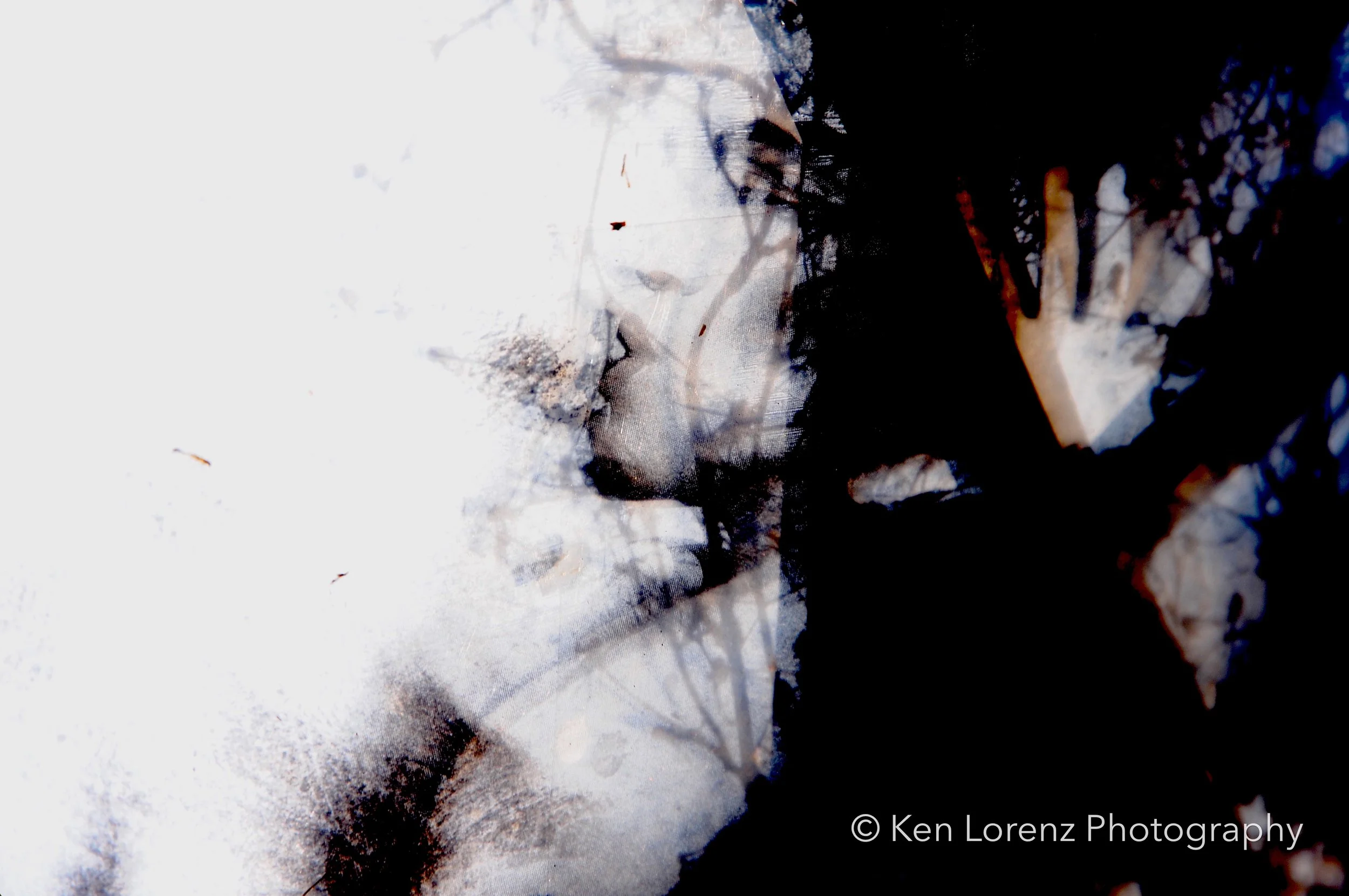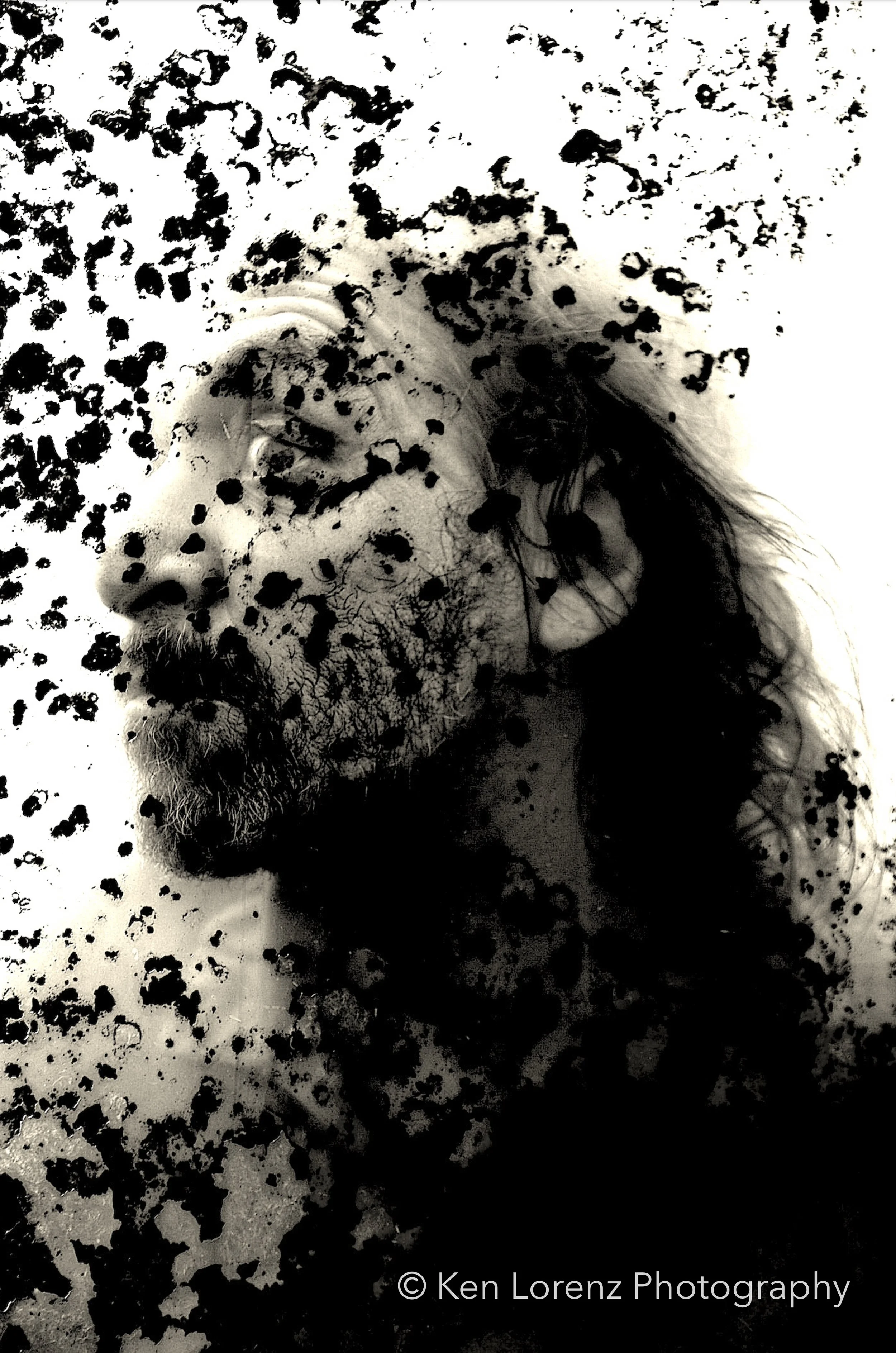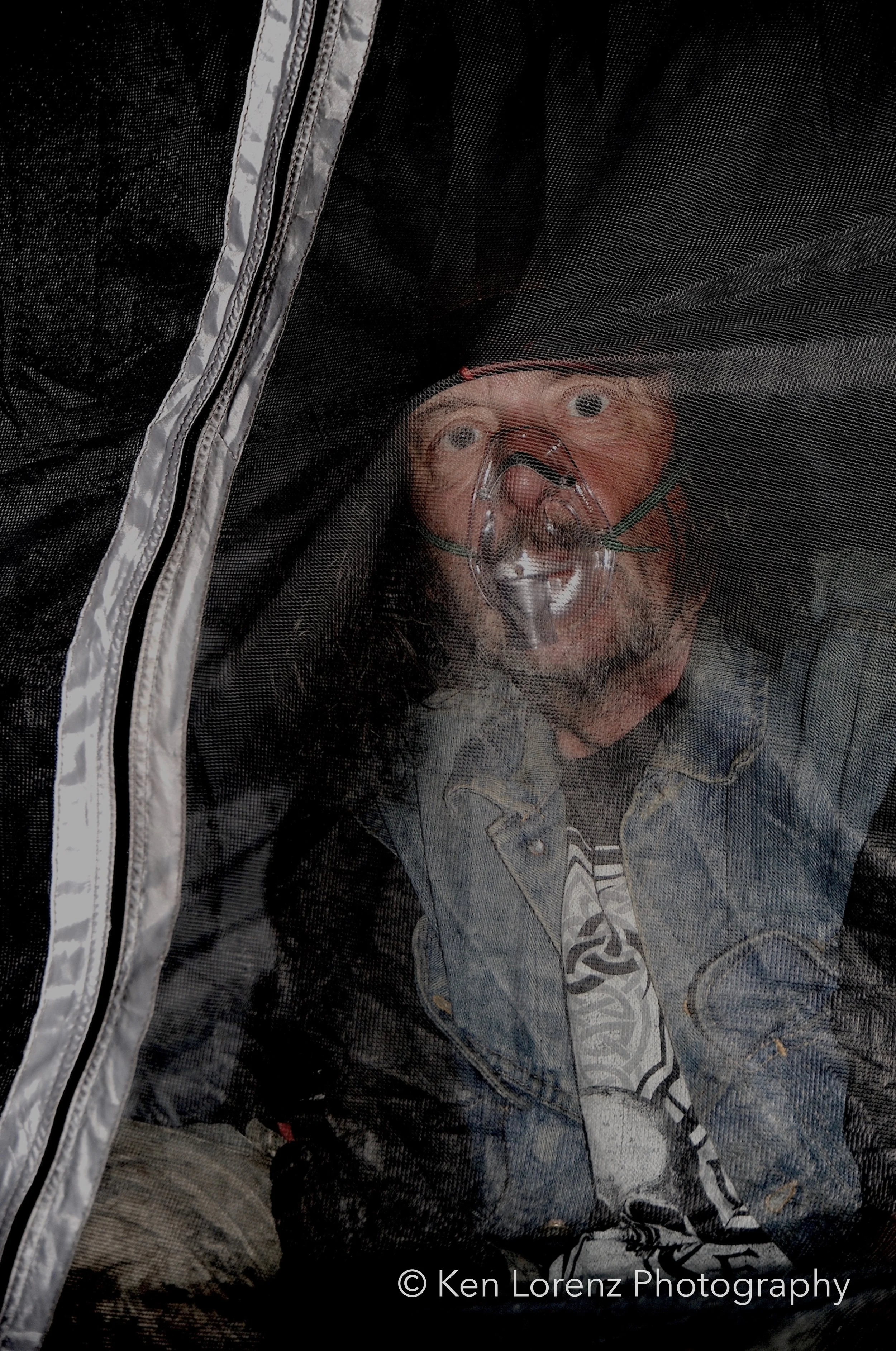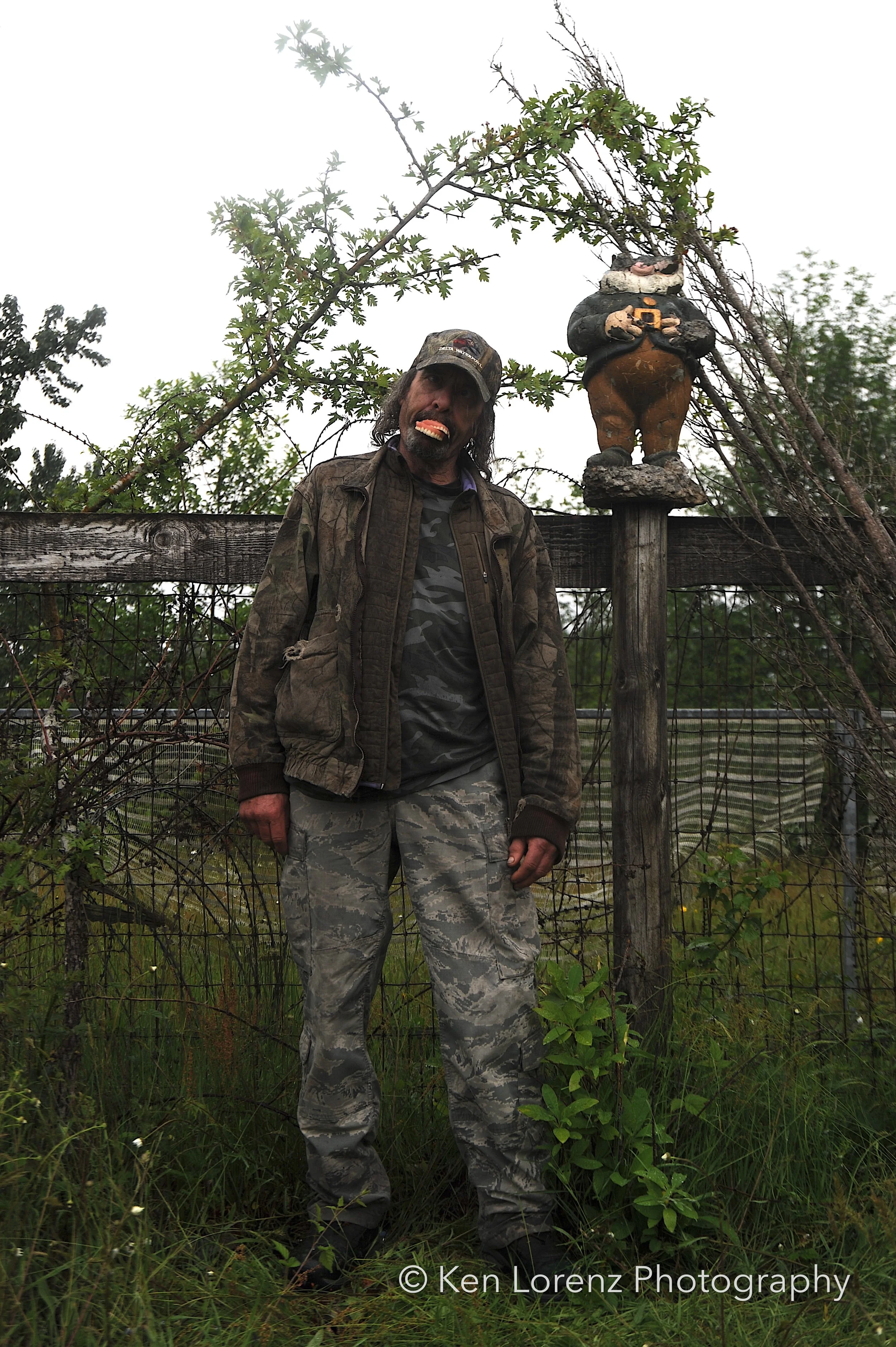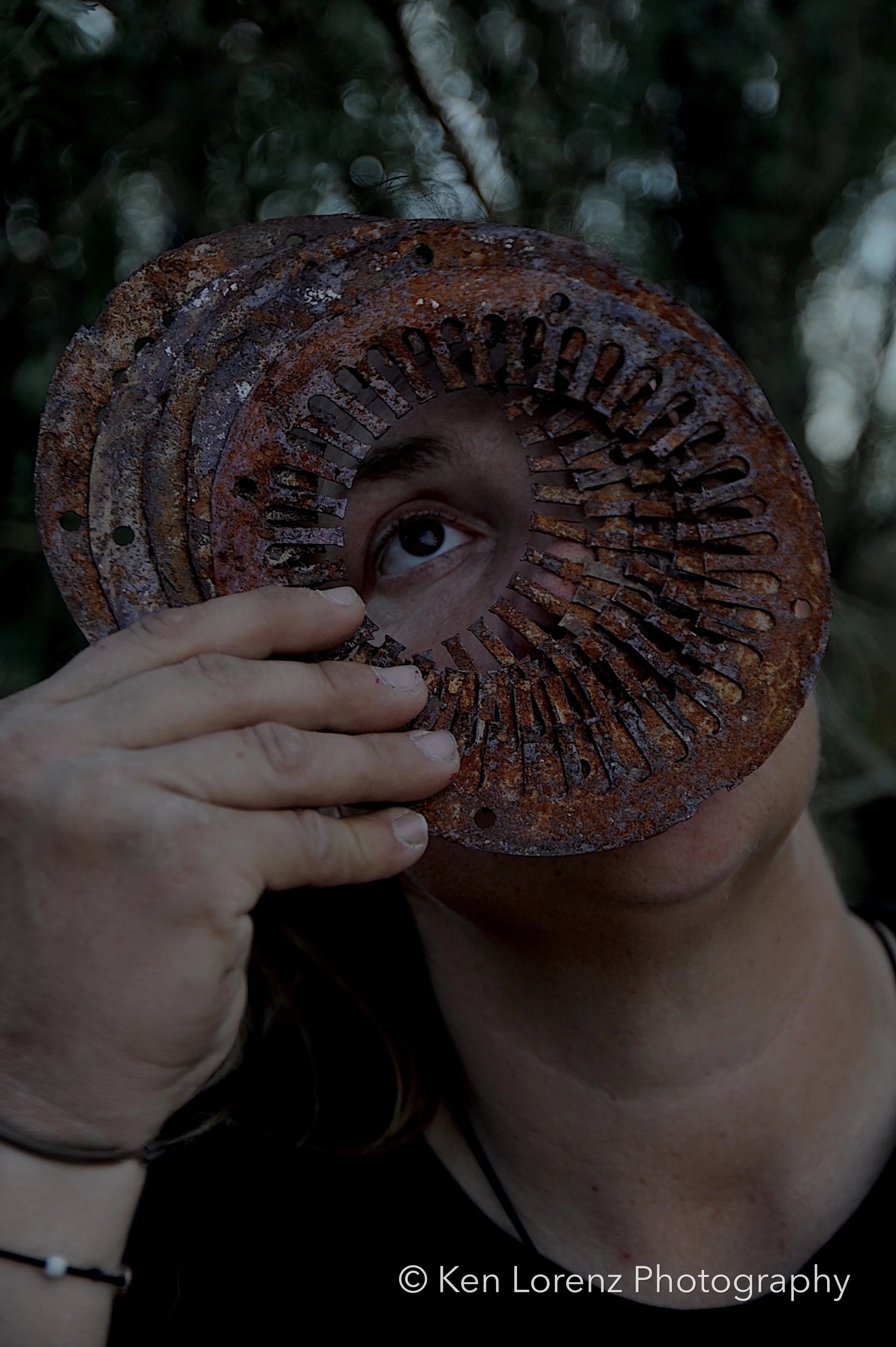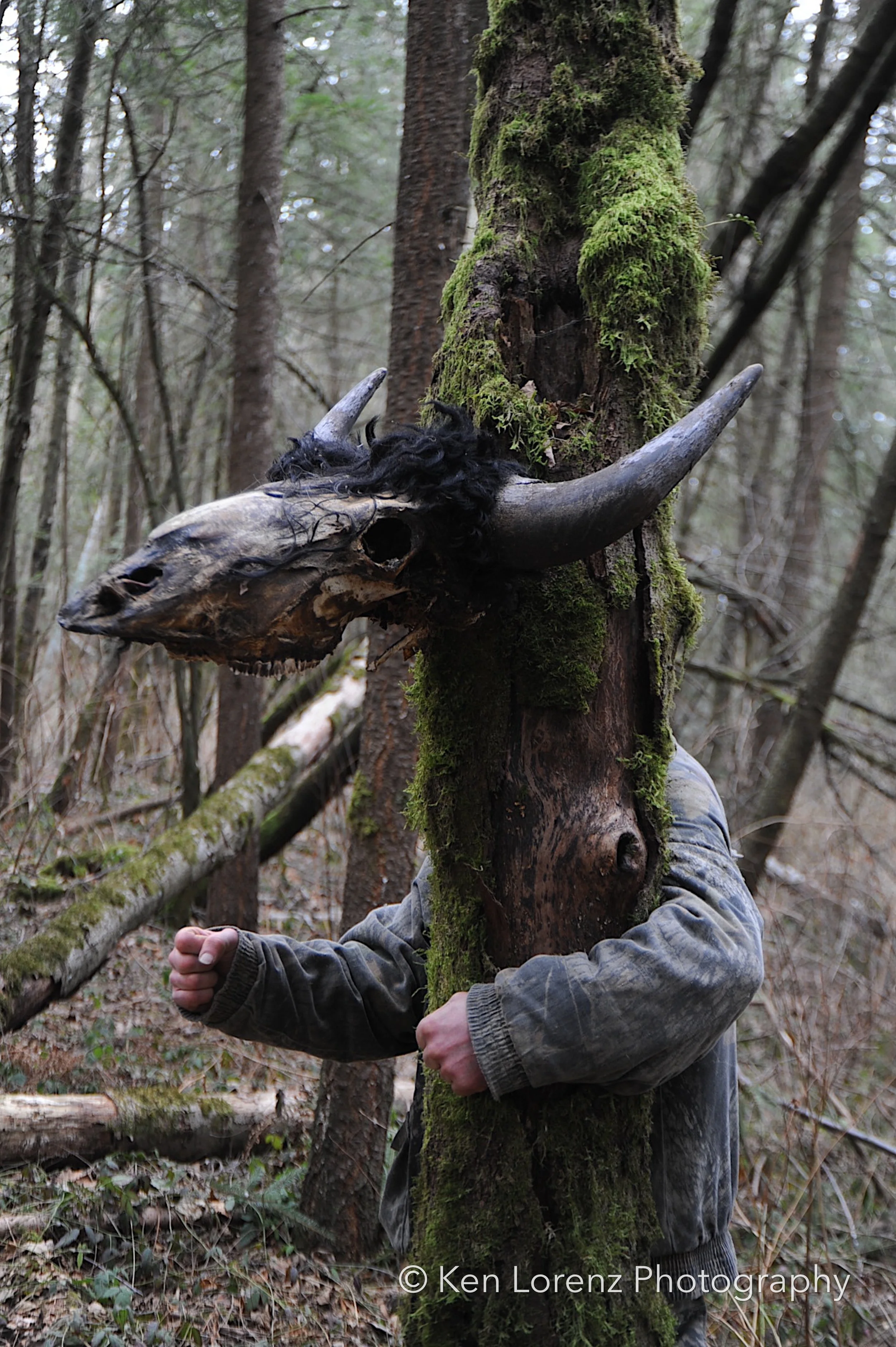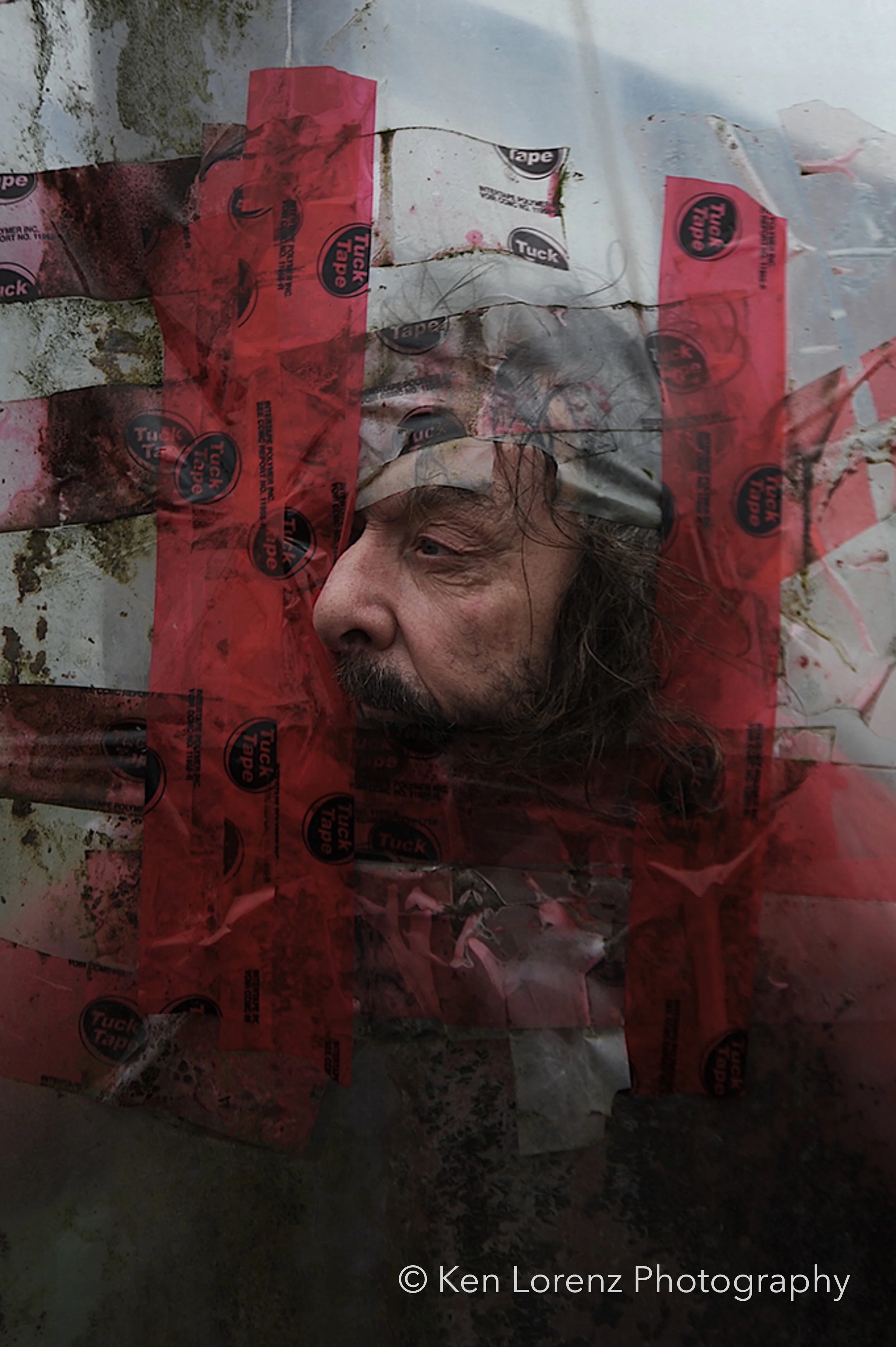Magic realism; portraits
“We make photographs to understand what our lives mean to us.”
— Ralph Hattersley
A significant portion of my photographic work is rooted in a desire to alter perception. My central focus is the creation of conceptually driven images that challenge the relationship between how I perceive the world and how others might interpret it. Photography, for me, is not about documentation—it’s about interrogation. It's a way of asking questions, of seeing beneath the surface of what appears to be true.
Lately, my image-making has been increasingly shaped by words. Writers such as Albert Camus, Guillermo del Toro, T.S. Eliot, Charles Baudelaire, and Ernest Hemingway have deeply influenced how I see, think, and ultimately, create. For example, del Toro’s observation that “there is beauty and humility in imperfection” guides my approach to photographing people and places often overlooked—those existing at the margins, caught in their own quiet stories.
Hemingway’s short story A Clean, Well-Lighted Place—with its haunting exploration of despair, loneliness, and existential drift—inspired a series of portraits focused on homeless individuals. These are not portraits of pity, but of presence—honest, unguarded, and unvarnished. In these faces, I find echoes of Hemingway’s minimalist melancholy and the silent, heavy weight of being.
Another profound influence is Gabriel García Márquez, whose works (One Hundred Years of Solitude, A Very Old Man with Enormous Wings) introduced me to the concept of Magic Realism—a space where reality and the surreal coexist. This genre, defined by its use of magical elements to transform everyday life into something mythic, offers a rich framework for my photographic series, including In the Shadow of Puppets and Magic Realism; Portraits.
Though visually and thematically distinct, both series are bound by a shared aesthetic: an eerie, whimsical strangeness that invites the viewer to linger. In these images, time becomes fluid, objects hint at sentience, and the ordinary tilts quietly toward the uncanny. They do not scream, but they whisper—just enough to stir the subconscious.
Magic Realism gives me permission to explore photography not just as a visual act, but as a form of storytelling—where dream logic, memory, folklore, and psychological nuance converge. These portraits are not mere likenesses; they are allegories, mirrors, and mythologies shaped by light, shadow, and suggestion.
“If the photographer is interested in the people in front of the lens, and if she/he is compassionate, it is already a lot. The instrument is not the camera, but the photographer.”
— Eve Arnold
At the heart of it all is compassion. The camera may be the tool, but it is empathy—and the courage to dwell in ambiguity—that gives the image its soul.
